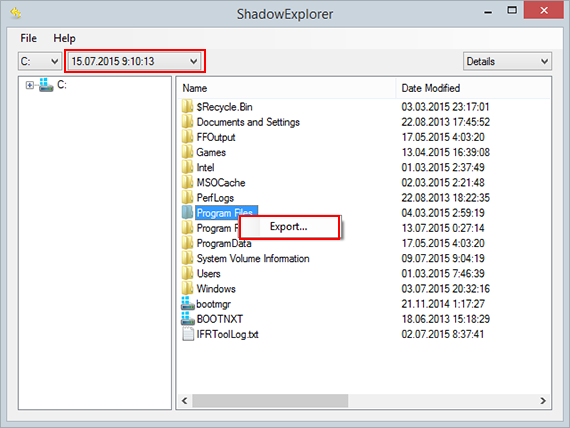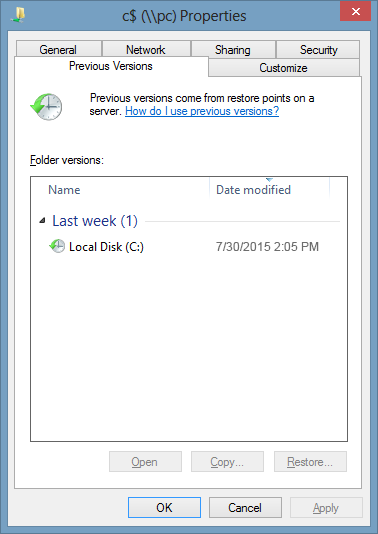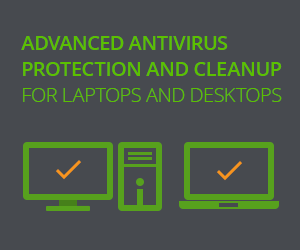Cryptowall 4.0 builds up a crypto wall between you and your data. It is worth making as each decryption costs around USD 700 to a victim. Purchasing the decryption so far is the only way that ensures your data is at your disposal after the crpytoware invasion. However, it is not a recommended option.
Victims are rather advised to remove Cryptowall 4.0 ransomware and perform follow-up recovery routines.
It is worth mentioning that the removal of Cryptowall 4.0 virus is going to destroy the communication with malware. Hence, users are not able to buy and apply the decryption key.
As its name suggests, the virus in question has become the fourth iteration of the malware. As compared to its notorious and rude forerunner, the fourth release is rather famous for its advanced invasion tactics and more pleasant way of addressing its victims. The virus rather suggests purchasing certain software than directly extort money from you.
Of course, these are but the tricks. The rogue is actually more insidious than any other piece of ransomware. For instance, it congratulates its victims stating they have joined the ‘large community’. Needless to say, few would celebrate as they learn the implications. The ransomware further explains basics of encrypting routines. Finally, it demands a payment in order to get the data back into a readable format.
Addressing victims in that sort o flattering way obviously aims at making the users feel like they have been educated rather than scammed. In fact, the virus plays a hoax on us. It does not remove itself as it has claimed. Any data recovery actions thus shall be followed by the virus extermination. That is, even if you pay the ransom. Paying the ransom is highly unadvisable.
The viral code of malware has evolved greatly. It enables Cryptowall 4.0 to land and survive into devices, even if these are protected with second generation firewall and antiviral solutions. The same applies to the efficiency of its communications with the remote server.
The history of IT scam has an example of successful detention of similar ransomware. A Recent example is Bitcryptor malware. Its developers and distributors had been arrested. That was followed by the release of over 10 thousand encryption keys.
Hopefully, the authors of Cryptowall 4.0 scam finally get arrested as well. So far, the hack proliferates. Beware of the scam; keep your software updated to avoid the invasion. If infected, get rid of Cryptowall 4.0 ransomware upon recovering the affected data.
Automatic removal of Cryptowall 4.0 ransomware
The benefits of using the automatic security suite to get rid of this infection are obvious: it scans the entire system and detects all potential fragments of the virus, so you are a few mouse clicks away from a complete fix.
- Download and install recommended malware security suite
- Select Start Computer Scan feature and wait until the utility comes up with the scan report. Proceed by clicking on the Fix Threats button, which will trigger a thorough removal process to address all the malware issues compromising your computer and your privacy.
Unlock files encrypted by Cryptowall 4.0 virus
Cryptowall 4.0 represents a unique category of malicious software whose attack surface reaches beyond the operating system and its components, which is why removing the virus itself is a part of the fix only. As it has been mentioned, it encrypts one’s personal information, so the next phase of the overall remediation presupposes reinstating the files that will otherwise remain inaccessible.
-
Launch data recovery software
Similarly to the rest of its fellow-infections, Cryptowall 4.0 most likely follows an operational algorithm where it erases the original versions of the victim’s files and actually encrypts their copies. This peculiarity might make your day, because forensics-focused applications like Data Recovery Pro are capable of restoring the information that has been removed. As the virus further evolves, its modus operandi may be altered – in the meanwhile, go ahead and try this.
-
Take advantage of Volume Shadow Copy Service
This technique is based on using the native backup functionality that’s shipped with Windows operating system. Also referred to as Volume Snapshot Service (VSS), this feature makes regular backups of the user’s files and keeps their most recent versions as long as System Restore is on. Cryptowall 4.0 hasn’t been found to affect these copies therefore the restoration vector in question is strongly recommended. The two sub-sections below highlight the automatic and manual workflow.
- a) Use Shadow Explorer
Shadow Explorer is an applet that provides an easy way of retrieving previous versions of files and folders. Its pro’s include an intuitive interface where the computer’s entire file hierarchy is displayed within one window. Just pick the hard disk volume, select the object or directory to be restored, right-click on it and choose Export. Follow the app’s prompts to get the job done.

- b) Use file properties
Essentially, what the above-mentioned Shadow Explorer tool does is it automates the process that can otherwise be performed manually via the Properties dialog for individual files. This particular approach is more cumbrous but just as effective as its software-based counterpart, so you can proceed by right-clicking on a specific file, which has been encrypted by Cryptowall 4.0, and selecting Properties in the context menu. The tab named Previous Versions is the next thing to click – it displays available versions of the file by date of the snapshot creation. Pick the latest copy and complete the retrieval by following the prompts.

-
Data backups work wonders
Ransomware like Cryptowall 4.0 isn’t nearly as almighty and destructive in case you run regular file backups to the cloud or external data media. The virus itself can be completely removed in a matter of minutes, and the distorted information can then be just as easily recovered from the backup. Luckily, this is a growing trend, so ransom Trojans are hopefully going to become less subversive in the near future.
Verify thoroughness of the removal
Having carried out the instructions above, add a finishing touch to the security procedure by running an additional computer scan to check for residual malware activity

